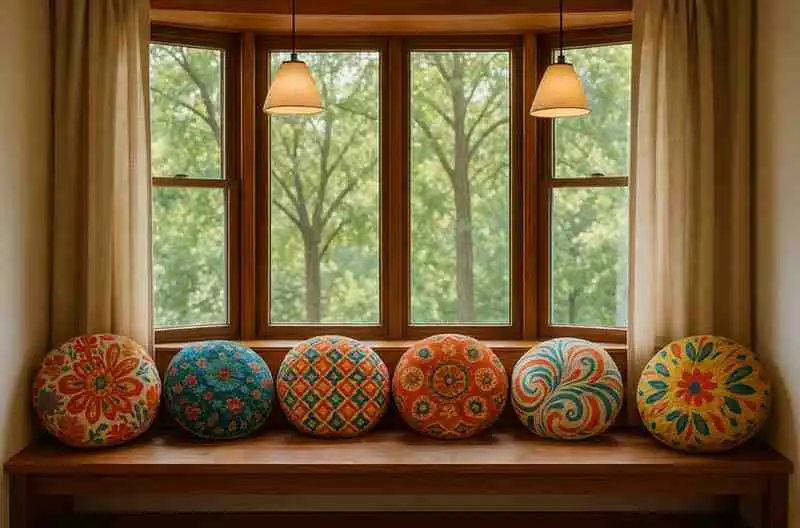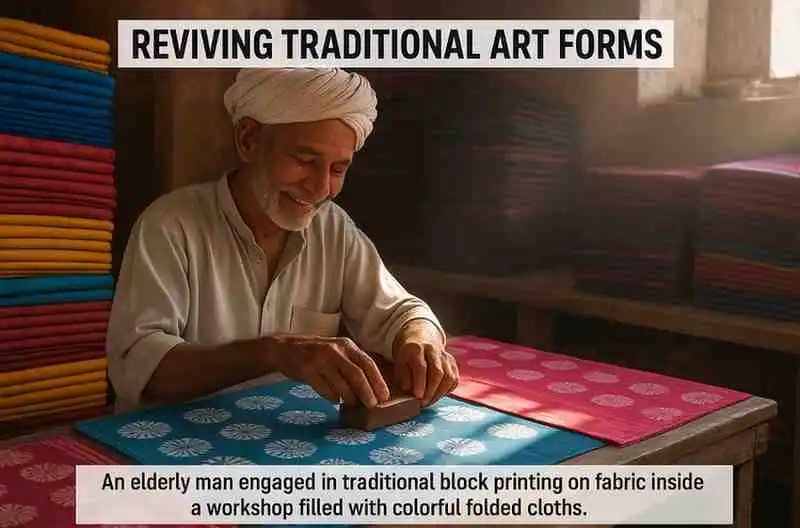From Stone Age to Modern Shelters
In the Stone Age, humans relied on the natural environment to build basic shelters. Trees offered some protection from predators and animals, though they provided less cover against weather and climate. Caves were another early choice of shelter, giving more protection from harsh weather but less from roaming predators. Early man-made shelters often combined stones and tree branches, using stones as a base to hold the branches in place, forming a stable structure where humans could rest safely. At the beginning of time, meeting essential needs such as food, clothing, and even basic comforts like Wifi was secondary to ensuring shelter and protection for loved ones and oneself.
Reflecting on the origins of shelter, it’s fascinating to see how early humans relied on nature to meet their most basic needs. In the Stone Age, trees offered protection from predators and animals, while caves provided safer refuge against harsh weather. These early forms of shelter reveal the human instinct to survive and adapt to the challenges of the environment. Over time, people began combining stones and branches to create more stable shelters, blending practicality with creativity. What began as a simple need for protection grew into an enduring pursuit—one that shows how deeply the idea of shelter is tied to safety, comfort, and the love of those we seek to protect.
PALEOLITHIC AGE TOOLS
Early Hunting Innovations
During the Paleolithic age, early humans developed simple tools to hunt and gather food effectively. One of the earliest innovations was spears, crafted by sharpening the ends of sticks to create a more lethal point. Later, they improved these spears by attaching a sharp, stone spear-tip to wood using animal sinew, creating a stronger and more reliable weapon. These early tools were not just practical—they reflected the creativity and adaptability of humans as they interacted with their environment, built basic shelter, and faced the challenges of survival.
From personal exploration of historical records and artifacts, it is clear that early humans mastered the art of combining natural materials. The process of sharpening, attaching, and reinforcing sticks with stone and sinew shows a deep understanding of material properties and purpose. Each spear was a testament to the ingenuity of humans, enabling them to hunt larger animals, secure food, and build shelter for themselves and their community. The Paleolithic age thus stands as a remarkable period of innovation where basic tools became essential for survival and laid the groundwork for the future of human craftsmanship.Poulnabrone Dolmen
Construction and Design
The Poulnabrone Dolmen stands as an iconic example of ancient ingenuity, built using materials that were readily available in the surrounding landscape. Huge stone slabs formed the main structure, carefully arranged to provide stability and long-lasting durability. Archaeological evidence shows that bones and animal hide were also incorporated, either for practical purposes or perhaps ritual significance, adding security, shelter, and comfort for those who used or visited the site. Observing the dolmen in person, one can appreciate how early builders mastered both engineering and design, creating a monument that has withstood centuries of exposure.
Early Shelter Innovations
Before the time of the Ancient Egyptians, humans built Mammoth Bone Shelter and Animal Hide Shelter, showing how brains and ingenuity evolved to use the earth, ground, and dried materials from the sun. Early builders shaped clay into blocks, leading to the discovery and usage of bricks as the basic building block of shelters. These structures provided security and protection, while also demonstrating how humans combined natural materials in practical ways to adapt to their environment. The ability to construct shelters from blocks and natural resources shows how our ancestors’ problem-solving skills shaped daily life and survival.
By the era of Ancient Egyptians, shelters became more sophisticated, featuring flat roofs made from sun-dried bricks around 3100 BC. Builders used perishable materials like clay bricks and wood for domestic dwellings, with the poor living in simple homes, while the wealthy and elite resided in elaborate structures such as palaces. Observing these developments, it’s clear how early humans transformed basic Mammoth Bone Shelter and Animal Hide Shelter concepts into enduring architectural methods, blending function, protection, and social distinction. These innovations reflect both creativity and practical mastery, bridging survival needs with cultural expression.
Architectural Progress and Influence
The Ancient Egyptian Temple is one of the most remarkable famous structures, built alongside pyramids and other monumental temples to symbolize control, power, and devotion to their ruler. Every building of that era was more than just stone—it was a statement of authority and culture. The sun-dried bricks used in these sacred places were practical, yet they also reflected the ingenuity of ancient builders who relied on simple materials to create lasting shelters and designs. Standing near these ruins, I felt a deep respect for the way they connected religion, politics, and artistry into timeless architecture.
About 600 years later, the Assyrians advanced this knowledge when they discovered that baking bricks made them harder and more durable. Their next innovation was the glazing of bricks, a technique that made structures strong and impervious to water. This shift not only improved building quality but also influenced how cultures that came after designed their own temples, shelters, and dwellings. In my study of historical construction methods, I’ve often been struck by how small changes—like firing clay or adding glaze—could transform simple sun-dried bricks into enduring masterpieces that still inspire modern builders.
Architecture and Practical Design
The ancient Greeks designed shelters with remarkable attention to their environment, and one of the most striking features of Ancient Greek Homes was their slanted roofs. These roofs, often built from stone, were more than just aesthetic choices—they were clever solutions to everyday challenges. In regions where snow and rain could damage buildings, the angled design allowed water to slide off easily. This small yet effective development revealed how architecture was shaped not only by culture but also by practical needs.
From my own visits to historical sites in Greece, I noticed how these homes balanced beauty and functionality. The slanted roofs gave the structures a sense of elegance while ensuring safety from heavy rain or sudden snow. The reliance on stone also showed the durability that the ancient Greeks valued. To me, what stands out most is how such a simple development reflects advanced thinking; it proves that Ancient Greek Homes were not just shelters but a thoughtful response to both nature and society’s needs.












Leave a Reply